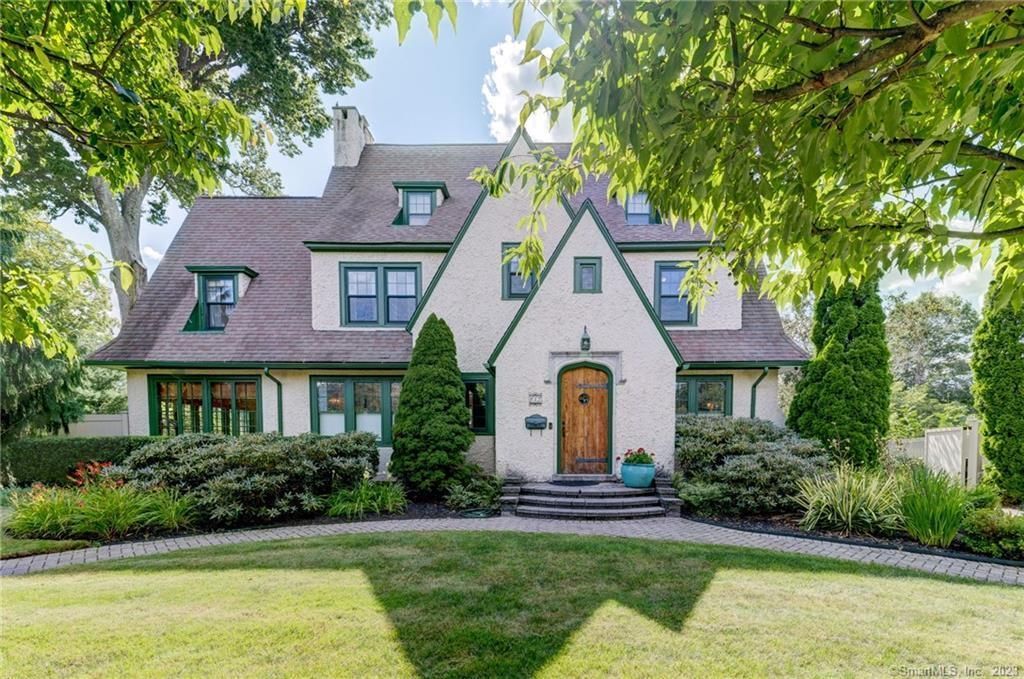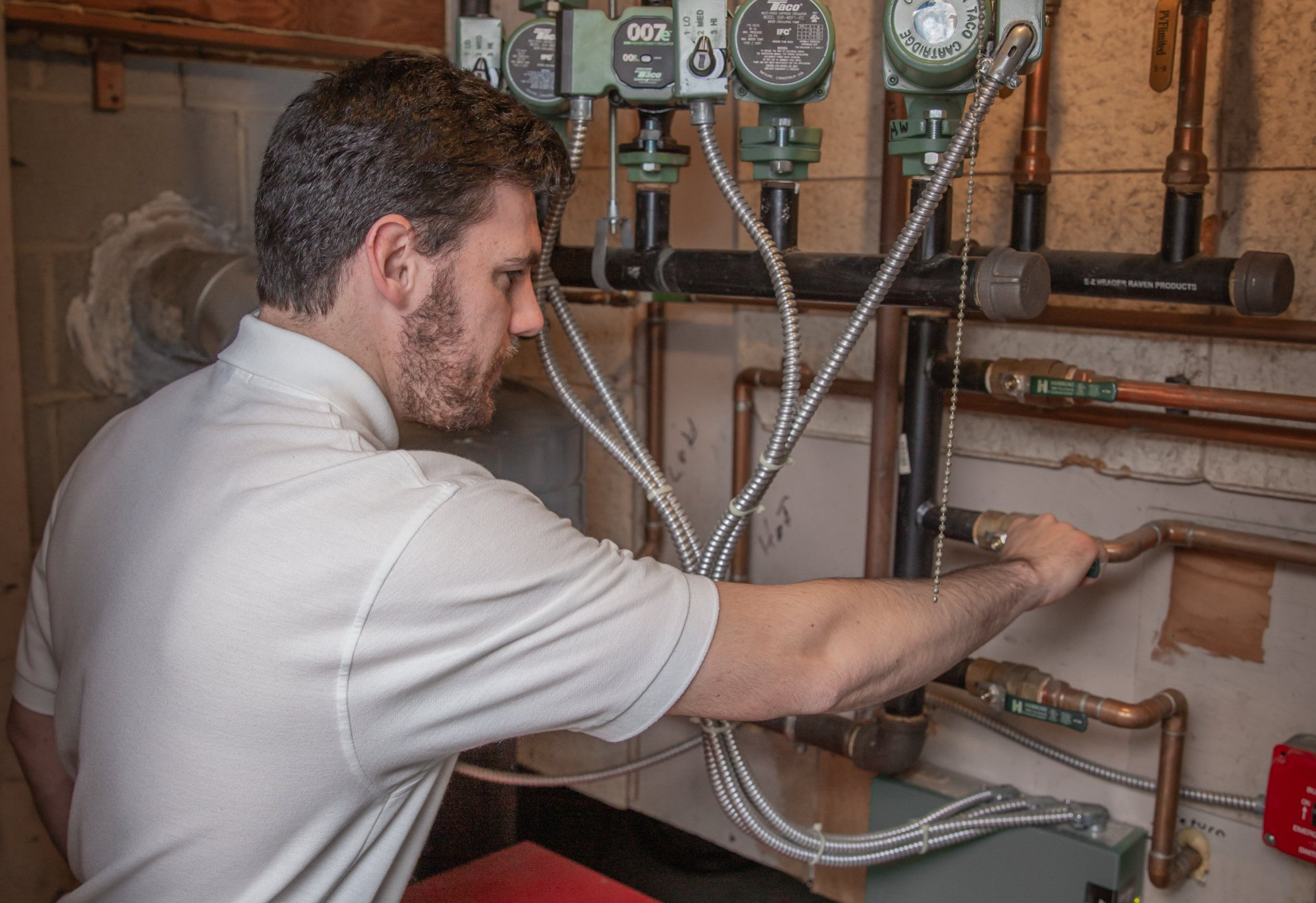Should Utilities Be Included in the Rent?
Robert C. White • April 29, 2020
Should Utilities Be Included in Your Rent?
Probably not.
However, there are some nuances that will affect your decision as a landlord. Utility expenditure varies greatly between tenants and spikes during different parts of the year, so if you want to get the most out of your income properties, tenants should be responsible for as many utilities as they can be!
The biggest sticking point here is whether or not you have separate electrical meters, oil tanks, and water heaters in your property. If you do, you’re in great shape! Each individual unit can use utilities at their preferred rate and take responsibility for paying the balance each month. In the state of Connecticut, if a property does not have separately metered utilities, then a landlord may not charge the utility expense back to the tenant. For example, if two units in a building share one electrical reading, the owner must include electricity with the rent.
PRO-TIP =
There are instances, with some government funded programs like Section 8, where it can be more lucrative to include utilities with the rent because of how the organization calculates the value of payouts!
Whether you are forced to include utilities or simply choose to, you should also consider the impact it will have on your marketing. Couples in your area may be searching for a 2 bedroom unit under $1,000/month while yours is listed at $1,250 with utilities included. Many renters in this situation won’t consider that possibility though, so they never search above $1,200/month. In this instance they miss out on your unit altogether!
The biggest drawback to including utilities is that tenants are unlikely to think about cost or conservation knowing they are paid by the landlord. A new tenant may choose to keep the house at 80 degrees, especially at no cost to them. In fact, our property managers have told countless stories about walking into a unit in the dead of winter, only to find the heat cranked up with windows wide open!
There are a few more things to consider with regard to utilities being included. One, is that rate hikes from electric/oil/gas providers in your area could hit your pocket if utilities come with the rent. Second, a unit with a large number of occupants means higher expected use at greater cost to the landlord. And finally, there is the added responsibility of tracking and payment place on the landlord.
To sum everything up, including utilities means you can charge more in rent each month, but also adds extra workload and responsibility for the landlord. At the very least, owners should consider the unique qualities of their property, the market it’s in, and typical usage rates before coming to a decision on utilities.
| Pros of Inclusion | Cons of Inclusion |
|---|---|
| Can charge a rent premium for your units | Tenants will not consider cost if they don’t pay the bill and be less consevative in their use |
| In some instances with government funded payment programs, it can be more profitable due to the way units are evaluated | Responsibility of tracking and paying additional monthly bills |
| Tenant Convenience | Potential rate hikes on electric/gas/oil will hit the landlord’s pocket |
| Higher rental costs can affect marketability |













